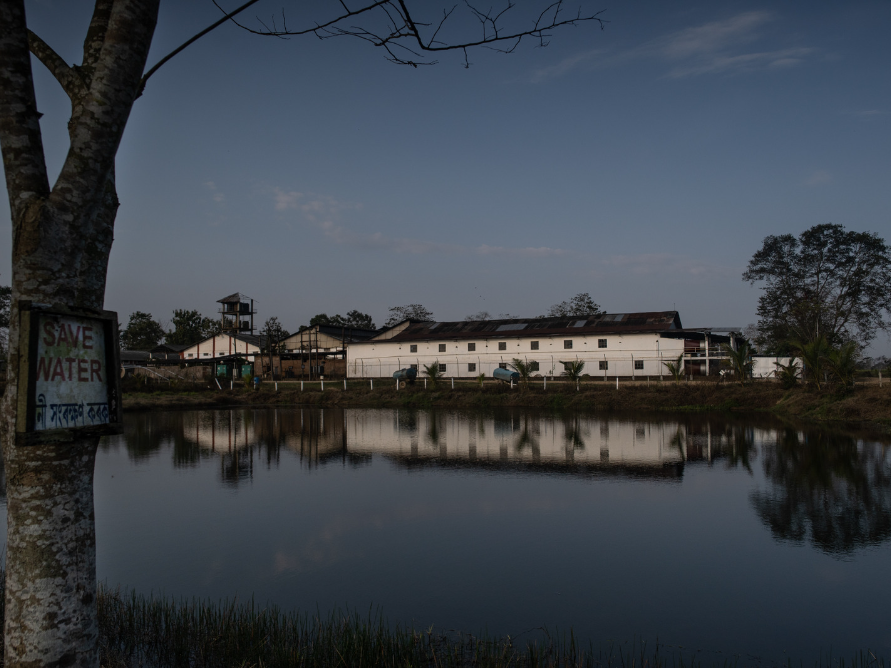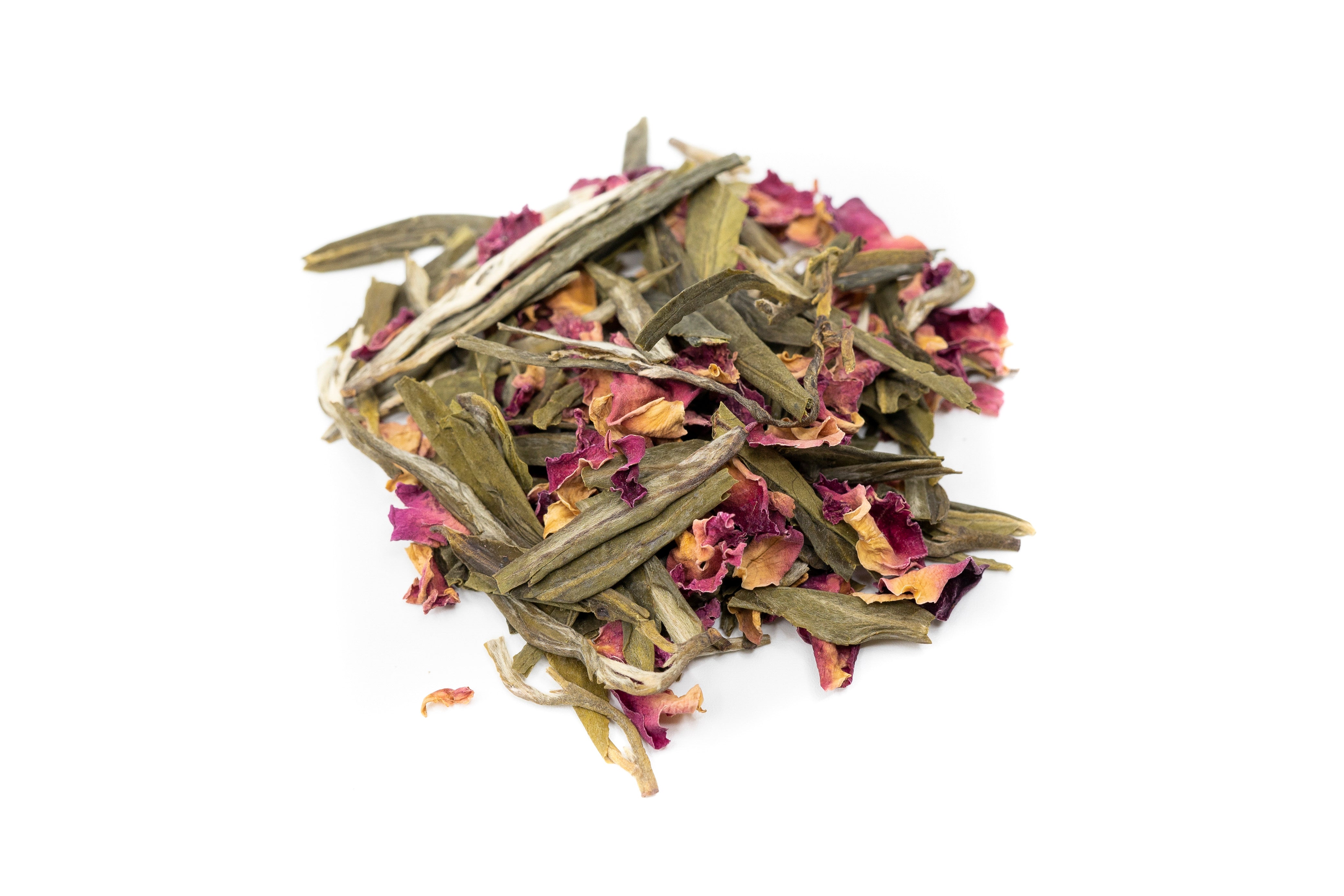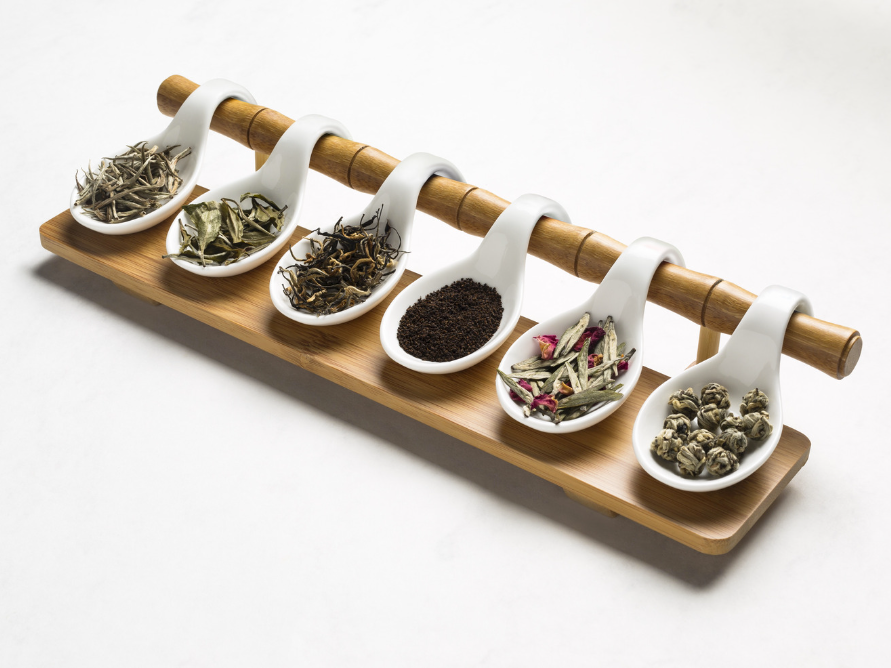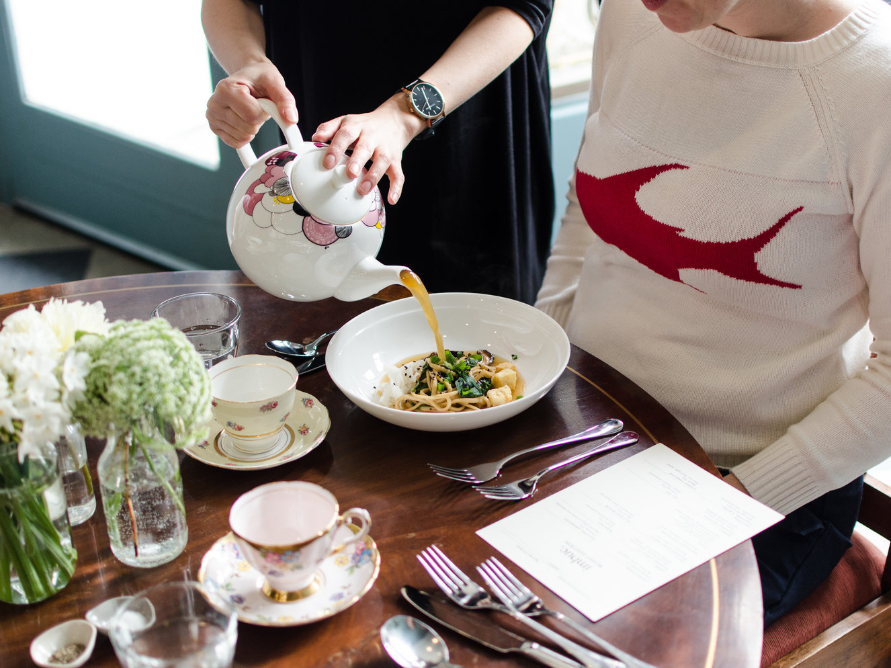
Why Soil and Growing Conditions Matter in Tea
Tea growing is a rewarding experience but does require a great deal of care and attention. Amongst other aspects of farming tea, soil and growing conditions are essential right up there!
Soil
Good soil is fundamental for all agriculture. It provides the physical structure and necessary nutrients for the tea plant to grow. For example, tea grown in poor soil will mean an inferior tea bush. This will most likely lead to poor quality and less flavoursome teas than tea grown in nutrient-rich, well-drained soil.
In terrain that is naturally gradient and undulating, water drainage occurs naturally. In areas that are not naturally undulating, drains are dug in a criss-cross pattern in tea farms to ensure proper soil drainage. Tea roots hate to be in water-logged areas, so this is especially important that the soil is well-drained.
The mineral content and pH of the soil also play an essential role. The pH should ideally range from 4.5 to 5.5, which is acidic soil. This acidity in soil produces the natural tannins which are essential to the characteristics of a good cup of tea.
Growing Conditions
Growing conditions can also significantly affect the tea leaves quality, aroma, and flavour profile. Coupled with the process of making tea, the natural conditions of the area of the tea farm play a significant role in the final product.
Temperature
Tea plants can be quite particular regarding temperature – not too hot, not too cold…just right! Tropical climates suit tea best, and Assam was blessed with great weather till a few years ago. The last two decades’ experience has been one of changing weather conditions, even extreme weather in Assam, due to the changing climate conditions worldwide. Low temperatures can slow down the plant’s growth, while very high temperatures can cause the leaves to become harsh and bitter.

Sunlight
Tea plants also need just the right amount of sunlight – not enough sun can cause the leaves to become pale and weak, while too much sun results in tough, bitter tea leaves. Studies suggest that well-balanced sunshine is fundamental to shoot growth. This is why tea-producing countries/ regions close to the Equator, such as Sri Lanka, Kenya, and Southern India, harvest throughout the year and do not have any dormant months. These dormant months increase as you go away from the Equator.
Tea in Assam is grown mostly north of The Tropic of Cancer, which occurs at the latitude approximately 23°27′ north of the Equator. During the northern winter, tea farming in Assam ceases for around three months, from early December to late February.
Rainfall
Tea plants need consistent moisture to grow. The roots of the tea plant must be free of water. As mentioned above, good drainage is the key to Assam-like conditions as the land here is flat, unlike the other tea-growing regions of the world. Too much water can result in disease and fungal growth, while drought conditions can cause the leaves to become dry and brittle. Rain also acts as a natural deterrent to some pests of the tea plant.
Assam has a heavy and long monsoon season during which the man-made drains mentioned afore play an important role. During winter, it can be quite dry and to keep the plants hydrated, irrigating the tea plants from water sources is necessary. The late winter rains, a boon for Assam tea, have been erratic recently, pushing the plucking season from late February to March.

Around Aideobarie, we are blessed with the River Teok, an excellent water source during the winter months. We also harvest rainwater in a big man-made pond which is in front of the tea factory. We use these water sources for irrigation during dry spells.
Altitude
The altitude of a tea farm can also affect the quality and flavour of tea leaves. Tea grown at higher elevations usually has a more delicate aroma and flavour than tea grown at lower elevations. On the other hand, tea grown in Assam is more robust and also very flavorful. Recently with innovative farming practices and the use of cultivars and seed plants native to Assam, the focus on the uniqueness of flavoursome teas is on the rise. Aideobarie, our single-origin tea farm, is 91 meters above sea level, so quite close to sea level. We produce some excellent Assam tippy whole-leaf teas, with the indigenous Camellia Sinensis Assamica variety and, with careful considerations, from other tea varieties native to China too.
Growing and Making Quality Tea
We’ve learnt that tea plants require particular soil and growing conditions and care and attention to thrive. Here are some valuable tea-growing tips.
- Preparing the site & planting: Well-drained, slightly acidic, nutrient-rich soil is ideal, with any debris and rocks removed and the soil tilled to a depth of at least 12 inches. Tea plants are typically propagated from cuttings or seeds, which are planted in the prepared soil and then covered with a layer of mulch to retain moisture.
- Watering: Water is key to all life forms, and the tea plant is no different. With the global weather changing, irrigation in Assam, which was unheard of in the last century, is actively being used, especially during the increasingly dry winter and spring periods.
- Fertilising: Tea plants should be fertilised regularly with a balanced fertiliser containing nitrogen, phosphorus, and potassium. As much as possible, the use of organic fertilisers is preferred.
- Pruning: To maintain the height of the tea plant and keep it within the reach of tea pluckers, the tea bush is pruned periodically. This also helps with bush health and in maintaining a flat harvesting shape, which a tea planter refers to as a ‘table.’ A flat ‘table’ encourage quicker new growth of the harvestable tea shoots (two leaves and a bud).
- Harvesting: Tea shoots are harvested by hand. Typically two leaves and a bud signifies a good quality of the harvest, as after the third leaf, the shoots get hard and will contain a lesser quantity of polyphenols, thereby reducing the health benefits and the strength and aroma of the cup of tea. In Assam, ideally, we like to harvest 34 to 35 rounds for good quality between late February and early December each year.
- Processing: The tea leaves go through different stages at the tea factory, and the essence of quality processing is to remove a precise amount of moisture at each stage. For black tea making, we start by withering the tea leaves and reducing the moisture of the tea leaves by a third. As the tea leaves become flaccid, it is ready to be ‘rolled.’ At this stage, the tea leaf is shaped. The key part of the process is the next stage, oxidation, where the tea leaf breathes in oxygen and changes its colour from the natural green to your cup of tea’s bright copper. Thereafter the tea leaf is dried further to reduce its moisture to 2.5 to 3.0 per cent. This ensures that your tea remains fresh for years. Tea stored in a dark dry corner of your pantry can stay good for years.

Rujani Tea is a fourth-generation, family-owned business with a rich history. Our award-winning teas are grown in tea farms at the Aideobarie Tea Estate, situated on the banks of the River Teok in Assam. Our traditional tea-making methods are of the highest quality, harvested with immense care, and processed by hand using traditional tea production methods.
We maintain a strong focus on sustainability and a commitment to nurturing the land where our tea is grown, the biodiversity of the area and the community who help produce our teas. We hope we bring you a feel for that ethos in every cup you drink.
Enjoy your cuppa!







Leave a comment
This site is protected by hCaptcha and the hCaptcha Privacy Policy and Terms of Service apply.